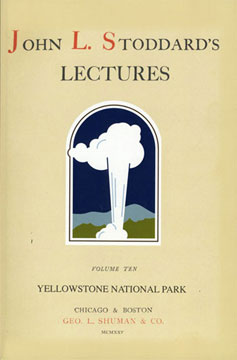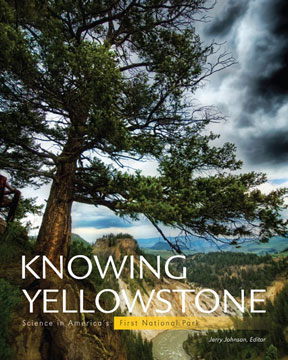Explorations in Greater Yellowstone
By: John A. Baden, Ph.D.Posted on August 18, 2016 FREE Insights
August 25 of 2016 is the centennial of the U. S. Park Service. It was one of the great and largely successful experiments of the Progressive Era reformers. This experiment has evolved as science, culture, demography, and the economy changed.
Over the past year FREE has explored this evolution of ideas, ideals, and environmental management. We have work closely with Yellowstone Park officials and visited many other parks in the Rocky Mountain West. Professor Jerry Johnson of MSU and Dan Smith of Olite Media are central to this ongoing project.
Forthcoming work will consider how to constructively respond to three serious and growing threats to the foundational ideals of the National Park System. We welcome cooperation with regional universities and other nonprofits.
The threats include funding, crowding, and invasive species. Successful resolution of each will require policy reforms and at least modest reorganization. This strongly implies ways to insulate sound management from persistent special interests.
We have admired Bob Barbee, a forty year employee of the Park Service and former Superintendent of Yellowstone. Like so many other highly successful people, he and his wife Carol retired to Bozeman adding substantially to the community.
Bob has participated in several FREE programs for Article III federal judges, law professors, and religious leaders. He has given substantial support to this project through his good offices. We are grateful indeed and this work to Bob and his Park Service colleagues.



Explorations in Greater Yellowstone
When Congress created Yellowstone National Park, the world's first, in 1872, it launched an experiment that aimed to balance preserving wild ecosystems while providing access to citizens for recreation and rejuvenation. Much of the world has emulated the national park model. Yellowstone is a lesson in how important institutional structure is to conservation. Shortly after the designation, Congress failed to fund the park's management. Vandalism and poaching was rampant. When the U.S. Army administered the park beginning in 1886 it likely saved many geological treasures and certainly much of the wildlife. In addition, the legacy of military stewardship was to maintain the primitive state of the park and argue against commercialization. Capt. Harris, and his successor Capt. Boutelle, set the tone for the future management of national parks that would be adopted in 1916 when Congress formed the National Park Service.
The three books presented here represent a temporal cross section of how we understand the region. When John Stoddard visited the park he could not imagine the park not being managed by the Army. It was the only institution at the time that could take on the logistical and enforcement responsibilities required of such a large and remote landscape. One hundred years later, we can appreciate Bob Barbee's approach to management as we increasingly understand that managing parks is as much about managing people as it is managing wildlife. Finally, the more we know about the park from a scientific standpoint, the deeper our understanding of the complexity of the natural world and why some problems seem to persist.
We hope you enjoy the suite books as much as we enjoyed discovering and delivering them. Special thanks to Bob Barbee, Dan Wenk, John Varley, Doug Smith, and Scott McMillion, and park employees everywhere. They are the keepers of our most precious national treasures. (http://yellowstonesuite.com)

